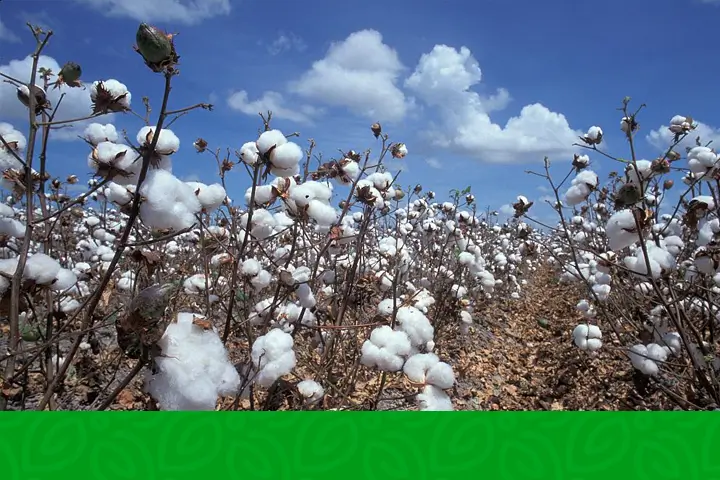
Zimbabwe’s agricultural landscape has witnessed a remarkable transformation in the 2022/23 farming season, as cotton production soared to unprecedented heights. According to statistics released by the Agricultural Marketing Authority (Ama), the country’s cotton production surged by a staggering 67%, reaching an impressive 89.6 million kilograms. This surge not only signifies a significant boost to the nation’s cotton industry but also holds promising implications for the Zimbabwean economy.
The White Gold’s Impressive Value:
The surge in cotton production doesn’t just stop at quantity; it translates into substantial economic gains as well. The “white gold” generated a substantial revenue of US$29.7 million, contributing significantly to the nation’s foreign currency reserves, and a whopping ZWL$24.1 billion in local currency. This remarkable financial inflow is a testament to the cotton industry’s pivotal role in Zimbabwe’s economic growth.
Cottco Takes the Lead:
Among the key players in the cotton industry, the state-run Cotton Company of Zimbabwe (Cottco) emerged as the frontrunner, absorbing a remarkable 76.84% of the total cotton production. Alliance Ginneries and Southern Cotton followed suit, accounting for 11.49% and 8.08% of the production, respectively. Meanwhile, ZCC held a 3.58% share. This distribution showcases the critical role of Cottco in driving Zimbabwe’s cotton sector to new heights.
Government’s Supportive Measures:
The remarkable surge in cotton production can be attributed to the unwavering support of the government. Mr. Jonathan Mukuruba, Ama’s Agribusiness Director, highlighted how the “Second Republic” has played a pivotal role in bolstering the cotton sector. Government support came in the form of subsidies, providing free inputs to smallholder farmers, who constitute the majority of cotton growers under the Presidential Cotton Input Scheme.
Furthermore, the government increased the foreign currency retention threshold from 75% to 85% this year, incentivizing farmers to boost production. These interventions not only breathed life into the cotton farming sector but also underscore the government’s commitment to sustainable economic growth.
Steady Pricing and Foreign Currency Gains:
Last year, the government introduced pre-planting prices for strategic crops, with cotton prices ranging from US$0.40 per kilogram for grade D to US$0.46 for grade A. This pricing strategy provided stability and motivation for cotton farmers.
The Reserve Bank of Zimbabwe also stepped in, announcing that cotton farmers would be paid 85% of their earnings in foreign currency. This bold move reflects the government’s dedication to boosting production in one of Zimbabwe’s top foreign currency earners.
Cotton’s Crucial Role in Zimbabwe’s Economy:
Cotton remains one of Zimbabwe’s major foreign currency earners, playing a vital role in job creation throughout the value chain. From smallholder farmers tending to cotton fields to the industrial processes involved in ginning and textile manufacturing, the cotton industry has a ripple effect on employment opportunities and economic growth.
Zimbabwe’s cotton sector has not only rebounded but has surged ahead, marking a remarkable turnaround in the nation’s agricultural landscape. With unwavering government support, favorable pricing structures, and increased foreign currency incentives, the cotton industry is poised for even greater success in the years to come. As it stands, Zimbabwe’s “white gold” is not just a source of pride but a symbol of economic resilience and potential.
The original article was written by Mthandazo Nyoni
Stay updated with the latest farming tips and agriculture industry news from Africa by subscribing to our newsletter. Don’t miss out on valuable insights and updates. Follow us on Twitter, LinkedIn, and Facebook to join our farming community and stay connected with us.



















